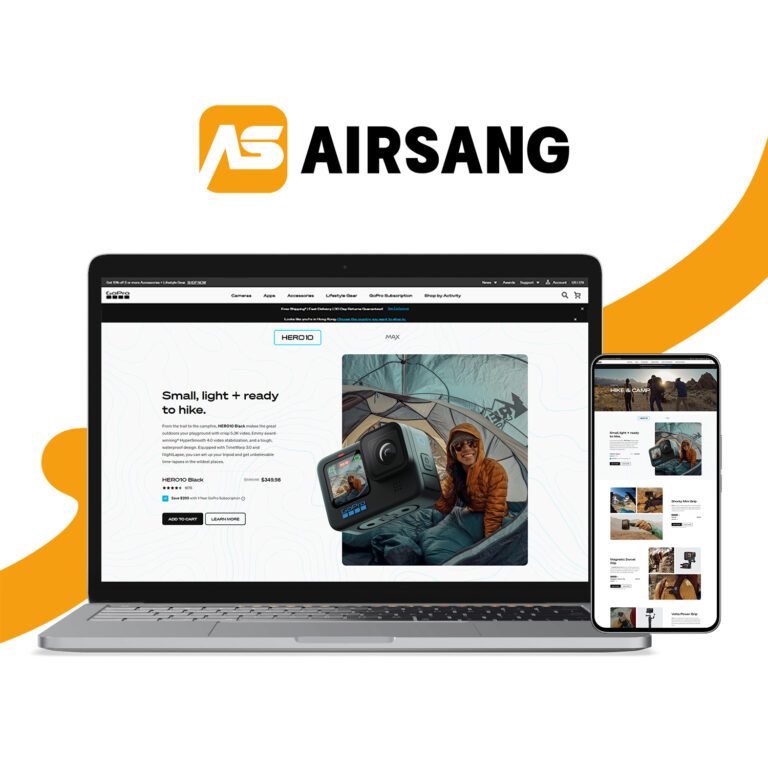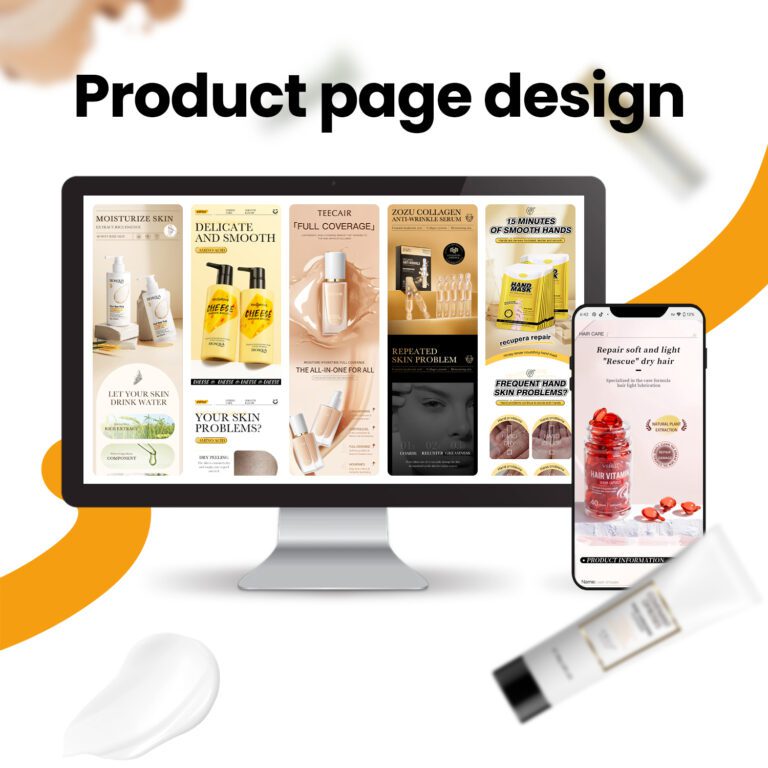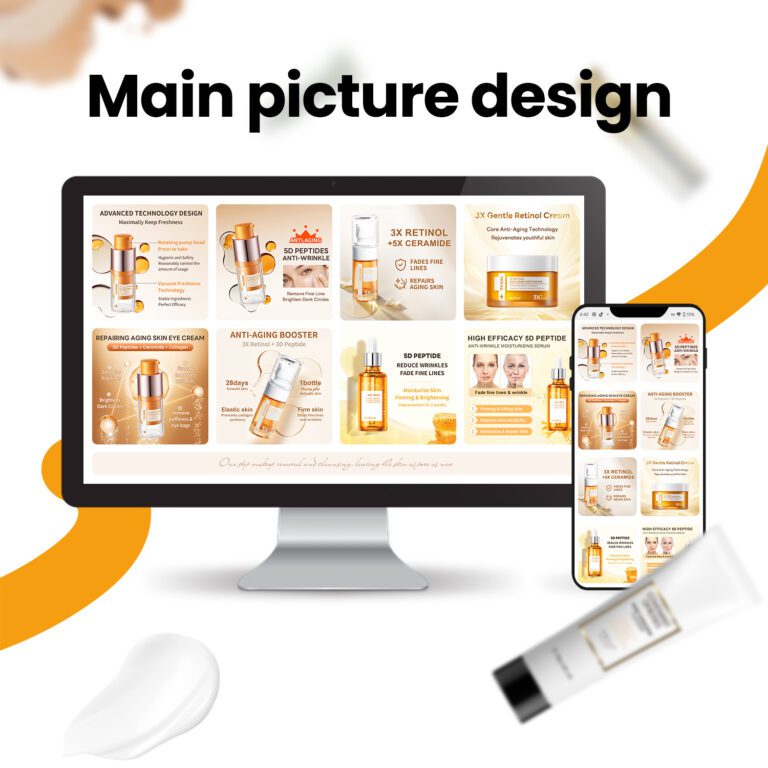WordPress vs Drupal: Key Differences You Must Know

Introduction
Choosing between Drupal vs WordPress is a crucial decision for businesses aiming to build a professional, engaging, and scalable website. Both platforms offer unique strengths, but the right choice often depends on your design goals, usability needs, and long-term growth vision.
Understanding the Core Differences
What is WordPress?

WordPress is a user-friendly content management system (CMS) known for its flexibility, ease of use, and massive ecosystem of themes and plugins. It empowers businesses to design visually appealing websites quickly, making it a preferred choice for brands that value design agility and straightforward content management.
What is Drupal?

Drupal is a robust and highly customizable CMS, favored by organizations with complex data structures, large-scale portals, or advanced security requirements. It offers extensive configuration options but typically demands greater technical expertise compared to WordPress.
Why Compare Drupal vs WordPress?
When businesses search for Drupal vs WordPress, they are essentially weighing design simplicity versus technical complexity. Both platforms can deliver professional websites, but the design approach, scalability, and management experience differ significantly.
Website Design and User Experience
WordPress: Design Freedom with Accessibility
WordPress shines in design flexibility. With thousands of professional themes and intuitive drag-and-drop builders, companies can easily craft websites that feel modern and user-centered. For eCommerce, blogs, or service-based businesses, this accessibility makes it easier to focus on storytelling through design rather than struggling with backend complexity.
Drupal: Structured but Demanding
Drupal provides strong customization for large-scale websites, especially those requiring multiple content types and advanced workflows. However, the design process can feel less intuitive, demanding deeper expertise and often more time. For many businesses, this creates a barrier to achieving a polished design quickly.
The Design Connection
In the Drupal vs WordPress debate, design plays a pivotal role. WordPress prioritizes seamless aesthetics and user-centric layouts, while Drupal emphasizes structured functionality. Businesses seeking rapid, impactful visuals often find WordPress to be the more design-friendly solution.
Practical Considerations for Businesses
Ease of Management
- WordPress: Easy updates, vast plugin library, and a large community make it simple to maintain.
- Drupal: Requires experienced developers to handle updates and modules, which may increase costs.
Security and Performance
- Drupal: Known for enterprise-level security, making it ideal for government and large institutions.
- WordPress: Secure when configured correctly, with robust plugins available for performance and protection.
Scalability
- Drupal: Excellent for highly complex, multi-site, or enterprise-scale projects.
- WordPress: Easily scales for small to medium businesses, and with the right hosting and design optimization, can handle large websites too.
How It Aligns with Professional Design Services
WordPress as the Design-First Platform
When businesses prioritize visual impact, usability, and branding, WordPress offers the perfect canvas. Professional designers can transform templates into unique, conversion-driven websites that not only look good but also drive results.
Drupal for Niche Needs
For projects requiring intricate data structures or enterprise governance, Drupal remains a strong option. However, achieving strong design consistency may require additional investment in professional expertise.
The Balanced View
The Drupal vs WordPress choice isn’t about declaring a “winner” but aligning the platform with business goals. If design, usability, and rapid deployment matter most, WordPress often emerges as the natural fit.
Conclusion
When comparing Drupal vs WordPress, businesses must weigh design priorities, management needs, and scalability goals. WordPress empowers companies to create stunning, user-focused websites without unnecessary complexity, while Drupal offers enterprise-level control for highly specific needs.
At the end of the day, design remains the heart of a successful digital presence. That’s where AIRSANG comes in—helping brands harness the power of professional website design, especially with WordPress, to create digital experiences that inspire trust and drive growth.
















